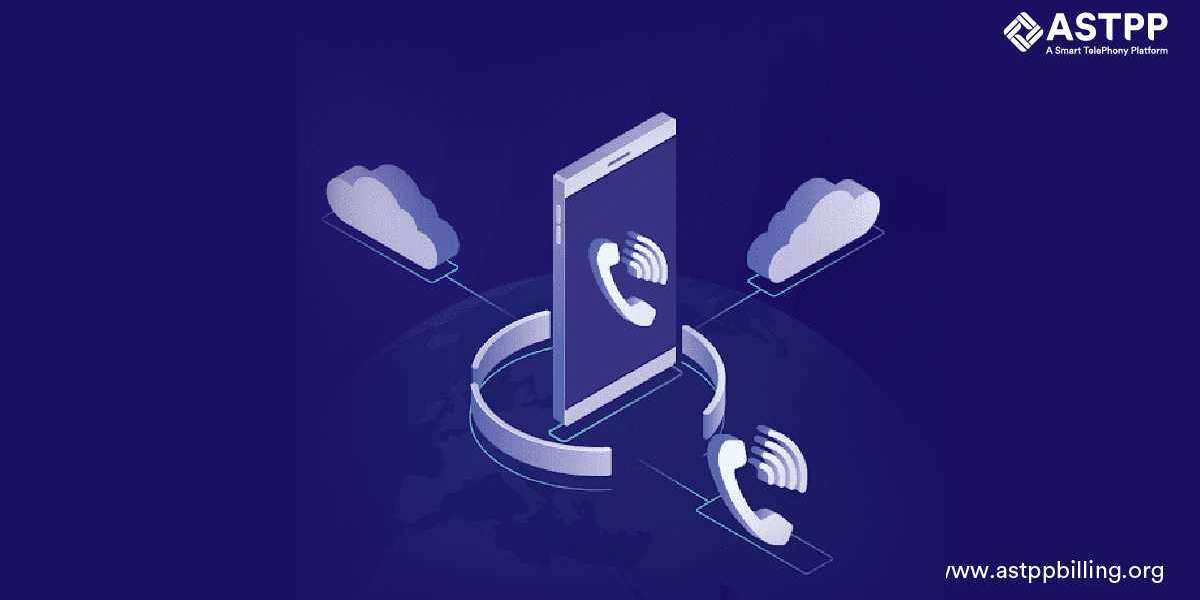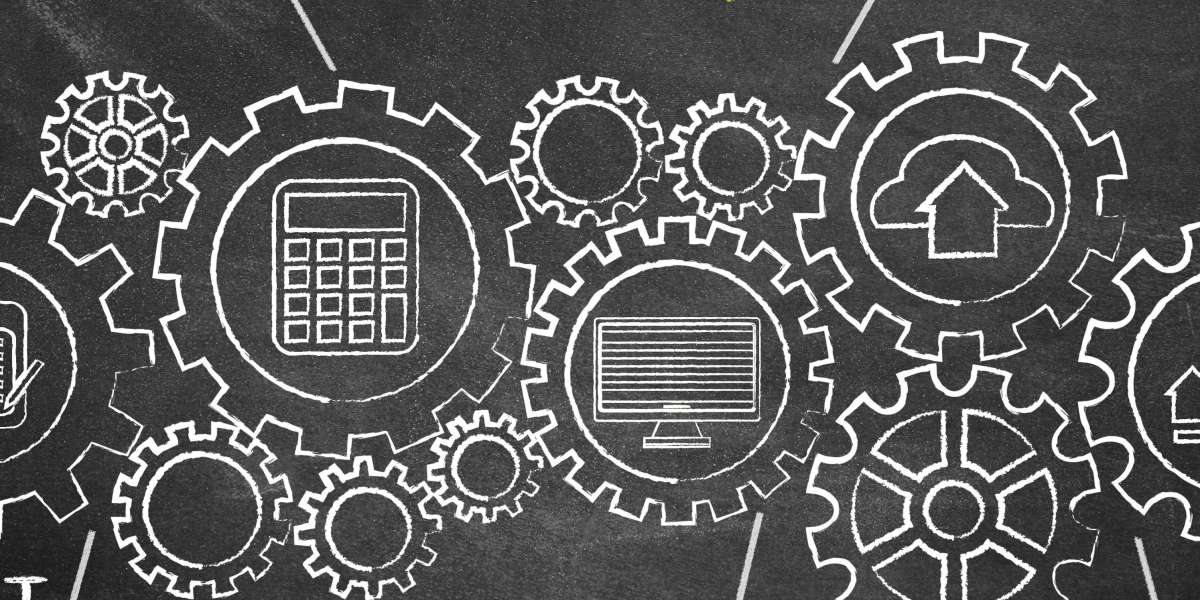The advent of Voice over Internet Protocol (VoIP) and the rise of robocalls and caller ID spoofing have brought about significant challenges for the telecommunications industry. In response, the Federal Communications Commission (FCC) in the United States introduced the Stir/Shaken framework as a potential solution. However, implementing Stir/Shaken is not without its complexities and emerging threats.
we will delve into the challenges associated with Stir/Shaken and explore strategies to address these complexities and emerging threats.
Understanding Stir/Shaken:
Stir/Shaken is a set of guidelines and requirements created to stop fraudulent caller ID spoofing and reestablish caller ID's credibility. Together, Stir (Secure Telephony Identity Revisited) and Shaken (Signature-based Handling of Asserted information utilising toKENs) confirm and authenticate the identity of the calling party, guaranteeing the reliability of the caller ID information that is shown.
Challenges of Stir/Shaken Implementation:
- Technological Complexity :-
Collaboration between service providers, carriers, and network equipment makers is necessary for Stir/Shaken implementation. It entails establishing verification methods, implementing digital certificates, and updating infrastructure. It can be difficult and time-consuming to coordinate these activities throughout the whole telecoms ecosystem.
- Scale and Interoperability:
The networks used for telecommunications are extensive and linked. Significant hurdles exist in achieving broad adoption and assuring interoperability across different providers and systems. It is difficult to coordinate Stir/Shaken implementation efforts while ensuring compatibility and consistency.
- Legacy Systems and Infrastructure:
Many service providers continue to use antiquated infrastructure and systems, which might not be equipped to deploy Stir/Shaken. These systems can be expensive and resource-intensive to upgrade or replace. A smooth transition depends on the new and old systems working together.
- International Cooperation:
Global problems like robocalls and caller ID spoofing necessitate worldwide cooperation for Stir/Shaken adoption. Another degree of complication is added when agreements and protocols are established between several nations and their respective communications regulatory agencies.
Emerging Threats:
- Deepfake Technology:
The development of deepfake technology creates a new danger as Stir/Shaken attempts to confirm the identity of the calling party. A person's voice can be accurately imitated using deepfake speech synthesis, which might defeat Stir/Shaken authentication and jeopardise the system's usefulness.
- Evolving Fraudulent Tactics:
Scammers and fraudsters constantly modify their strategies to take advantage of weaknesses. To get around Stir/Shaken protocols, they could use novel strategies like SIM swapping, call forwarding, or infrastructure manipulation. The Stir/Shaken structure has to be improved continuously in order to combat these new dangers.
Addressing Complexities and Emerging Threats:
- Collaboration and Standardization:
To achieve standardised implementation and interoperability, telecommunications service providers, carriers, and industry players need to work closely together. To overcome technological challenges and achieve the needed level of caller ID spoofing protection, the industry must work together.
- Continuous System Enhancements:
Stir/Shaken is not a permanent fix. To successfully combat new dangers, it must adapt. To keep one step ahead of scammers and fraudsters, regular upgrades, security patches, and constant monitoring of fraudulent actions are essential.
- Multi-Layered Security:
Implementing multi-layered security measures is crucial to reducing the risks caused by developing threats. To identify abnormalities and possible deepfake efforts, this may involve using voice biometrics, behavioural analytics, and artificial intelligence (AI) algorithms.
- Global Cooperation:
To successfully tackle caller ID spoofing, international cooperation is essential. Cross-border agreements, threat intelligence sharing, and the implementation of strict laws against illicit activity all need cooperation between governments, regulatory agencies, and telecommunications authorities.
Conclusion:
Stir/Shaken holds significant promise in combating illegal caller ID spoofing and restoring trust in caller identification. However, its implementation presents several challenges, ranging from technological complexities to emerging threats like deepfake technology. By addressing these challenges through collaboration, continuous system enhancements, multi-layered security, and global cooperation, the telecommunications industry can strengthen the effectiveness of Stir/Shaken solution and ensure a more secure and trustworthy calling environment for users worldwide.








